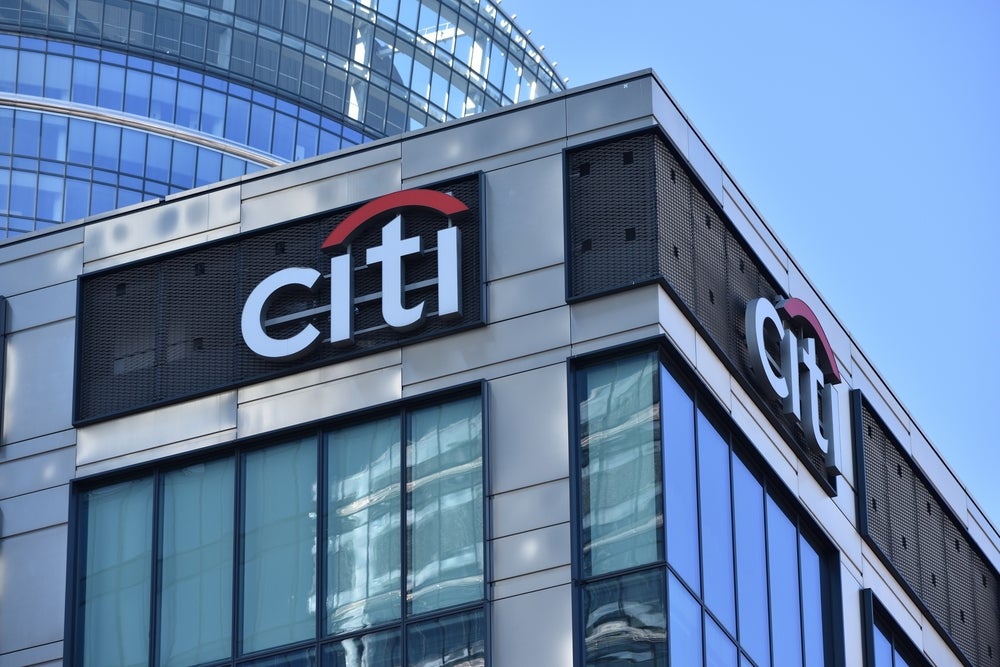Retail banks need to shift to a proactive rather than reactive approach to handling fraudulent behaviour. Reactive has helped. At the time, the fraud refund guarantee pioneered by TSB was clearly the right thing to do by both customers, and the bank’s own brand. However, the reality is it has done little to deter fraudsters, and if anything could be said to have encouraged fraudulent activity. The pandemic exponentially accelerated the shift to online, which in combination with the cost-of-living crisis and wider economic backdrop will only see attempted fraud also increase.
They must now invest, heading off the threat of fraud before it impacts their customers.
Technology and controls, partnerships and customer experience
This investment should be directed across three pillars: technology and controls, partnerships and customer experience.
For technology and controls, AI-powered transaction monitoring platforms are the future, but the investment is significant and potential disruption to operations is even more so. Banks must choose the right tech provides to ensure their platforms not only automate prevention measures but also provide sufficient quality of insight for banks to create effective predictive prevention strategies.
This relies upon extensive integration of these platforms across key systems e.g., CRM, telephony, transactions, controls, data and analytics, so it is important to work with an integration partner that not only understands systems integration but also understands operating model transformation.
The need for banks to show leadership
For partnerships, in order to deter fraudsters from targeting customers, it should be clear that investigative work into fraudulent transactions does not stop within the bank. Banks must take a leading role to coordinate and collaborate with key partners such as the police, national crime agency, industry associations such as Stop Scams UK and other service providers fraudsters rely upon such as mobile phone operators.
How well do you really know your competitors?
Access the most comprehensive Company Profiles on the market, powered by GlobalData. Save hours of research. Gain competitive edge.

Thank you!
Your download email will arrive shortly
Not ready to buy yet? Download a free sample
We are confident about the unique quality of our Company Profiles. However, we want you to make the most beneficial decision for your business, so we offer a free sample that you can download by submitting the below form
By GlobalDataSupporting with targeting and pursuing criminal activity to the point of prosecution sends a clear message to criminals that everyone in the value chain will respond to fraud in a coordinated and aligned effort will boost prevention.
Then finally, customers who believe their bank is truly looking out for them are more likely to remain a customer. Much more could be done through effective and proactive engagement of customers to educate them on how to spot, report and avoid scams, yet most of the engagement we get from our banks about fraud is limited to blocked transactions and banners within our banking app asking us if we’re sure we are making a legitimate transaction, or warning us about cryptocurrencies. Banks should focus more on educational communications on how to minimise your vulnerabilities, offer dedicated support or transaction services to provide customers with advice, as well as feedback on customer behaviour to individualise each customer’s understanding of their vulnerabilities.

Richard Rajamogan, Principal, Gate One







